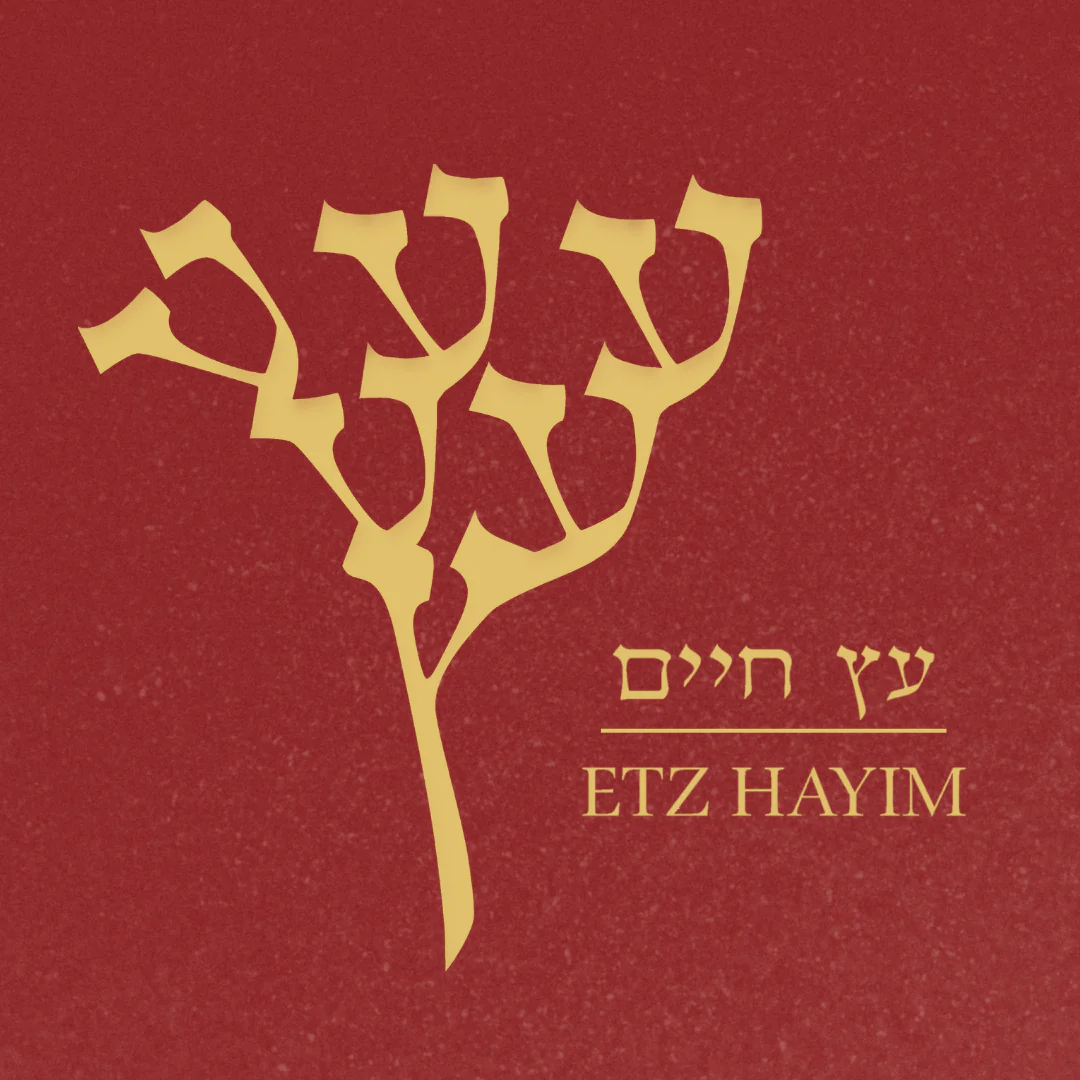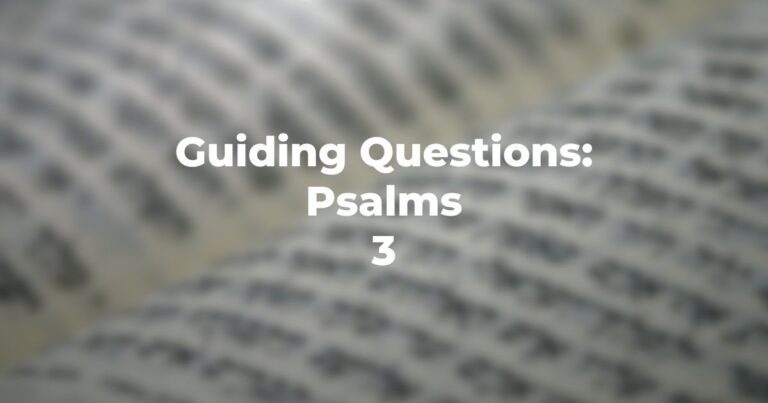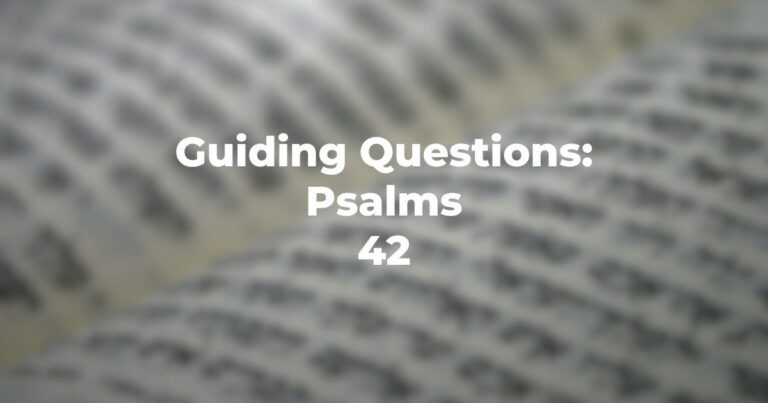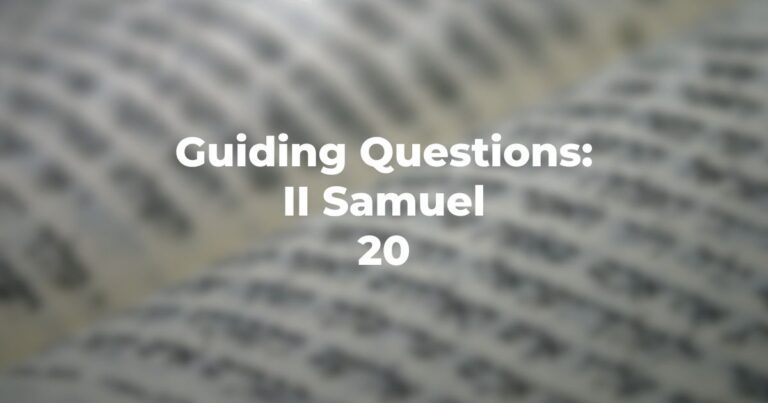Isaiah 42:5-43:10 (Ashk’nazim)
Isaiah 42:5-21 (S’fardim)
This haftarah is part of a collection of prophecies addressed to the Judean community in Babylonian exile in mid-6th century ʙ.ᴄ.ᴇ. The prophet particularly emphasizes God’s universal dominion and power as Creator but also notes His special concern for the people Israel, whose future liberation is presented as a light that will radiate to all nations.
The tradition of S’fardim concludes the haftarah with Isaiah 42:21. The prophetic message is thus framed by an assertion about God’s grace (tzedek; Isaiah 42:6) and God’s concern for His servant’s vindication (tzidko; Isaiah 42:21).
The decision to end the haftarah at this point was apparently influenced by a reinterpretation of the word “torahRefers to the first five books of the Hebrew Bible, the Tanakh, also called the Five Books of Moses, Pentateuch or the Hebrew equivalent, Humash. This is also called the Written Torah. The term may also refer to teachings that expound on Jewish tradition. Read more” (Isaiah 42:21, translated here as “teaching”). In its original context, the word torah refers strictly to a divine instruction (as in Isaiah 2:3, “for instruction [torah] shall come forth from Zion”). The meaning of the word changed later, however, indicating the Torah of Moses as a whole.
In the tradition of Ashk’nazim, a longer selection from Isaiah is read. As a result, this reading presents a certain theological counterpoint.
After declaring that the people neither see nor hear the prophecies of hope addressed to them (Isaiah 42:18-20), the prophet announces that God will nevertheless restore the people Israel to its homeland (Isaiah 43:3-6). At the climax of this prediction, the theme of Israel’s blindness is repeated (Isaiah 43:8).
God’s deliverance of Israel from this state provides a triumphal echo to Israel’s role as servant mentioned at the outset of the haftarah, a servant whose specific task is to lead the blind and the burdened into the light of freedom (Isaiah 42:6-7).
The opening oracle is referred to again in the concluding challenge to all the nations. God’s power to predict events before they occur (as in Isaiah 42:9) is stressed as the reason to believe the new call of hope (Isaiah 43:9).
What is the precise identity of the “servant” in this haftarah? At the outset, the servant appears to be an individual, because words are directed in the second person singular to an unnamed “you” whom God has summoned to open “eyes deprived of light” (Isaiah 42:7).
On the basis of Isaiah 42:1-4 (verses that precede the haftarah), this individual is called to be a light of hope and consolation for the nation in exile. However, in the context of the haftarah (which begins at Isaiah 42:5), the nation as a whole is addressed. Rabbinic editing thus gives the opening task a universalistic tone.
It is the people Israel who are to be a light to all nations, calling them forth from servitude and darkness.
This was not necessarily the original intent of the oracle. Indeed, later verses focus on God’s attempts to deliver blind Israel from its own darkness (Isaiah 42:16, Isaiah 43:8), with no mention of liberation for all nations.
Nevertheless, a universalistic reading of this passage is a recurrent feature of Jewish thought. In modern times, the challenge to Jews to be a beacon of light for all the downtrodden has been regarded as the moral imperative of the passage.
Declaring that Israel is God’s witness to His power and uniqueness (Isaiah 43:10), the prophet states that the very history of this nation testifies to the truth of divine predictions (Isaiah 43:10; Isaiah 44:8). He thus derived theology from historical events, considering the truth of prophecy to be an argument for God’s incomparable existence and majesty. Such declarations, however, fell on the deaf ears of a people in exile who had experienced history as a dark and hopeless sphere.
In this state, they remained spiritually blind to the theological challenge to their condition.
Relation of the Haftarah to the Parashah
The theme of creation links the readings, showing us something of the range and purposes of the theologies of Creation in the Bible. Compared to the exalted and impersonal narrative style in Genesis 1:1-2:4, references to the creation in the haftarah (Isaiah 42:5-6) are part of a divine proclamation though His prophet.
The prophet expresses the continuity of divine action or its effects by using verbs in ongoing present time. This stands in marked contrast to the verbs in Genesis 1, which indicate past, completed action. Thus in the haftarah, the theme of creation serves as the basis for theological reflection on God’s ongoing concern for the world.
In the prophet’s theology, the images of light and darkness undergo a significant shift. In the parashah, darkness makes up the original state of the world, which is transformed by the reality of light on the first day of Creation.
Light (or) marks difference, clarity, and order. In the haftarah, the images of darkness and light express other realities. The darkness of exile is both the oppression of servitude, to be transformed by divine liberation, and the inner void of despair that is redeemed by God’s promise of renewal. Recreated anew by God, Israel will be the light (or) of hope in the eyes of all (Isaiah 42:6-7).
Author
-

Etz Hayim represents the Conservative / Masorti Movement’s reverence for tradition, profound commitment to scholarship and the unique understanding that both are essential to Jewish life. Published in 2001 in conjunction with the United Synagogue of Conservative Judaism, Etz Hayim is the most celebrated contemporary humashA collection of the Five Books of Moses, Pentateuch, or the Hebrew equivalent. Includes the haftarot readings, and usually contains some commentary. It is often used on Shabbat mornings to help follow the Torah reading. Read more. It features the renowned 1985 JPS translation, as well as an authoritative Hebrew text based on the Masoretic tradition. In the same year it was published, Etz Hayim: Torah & Commentary won a National Jewish Book Award for Non-Fiction.
View all posts






